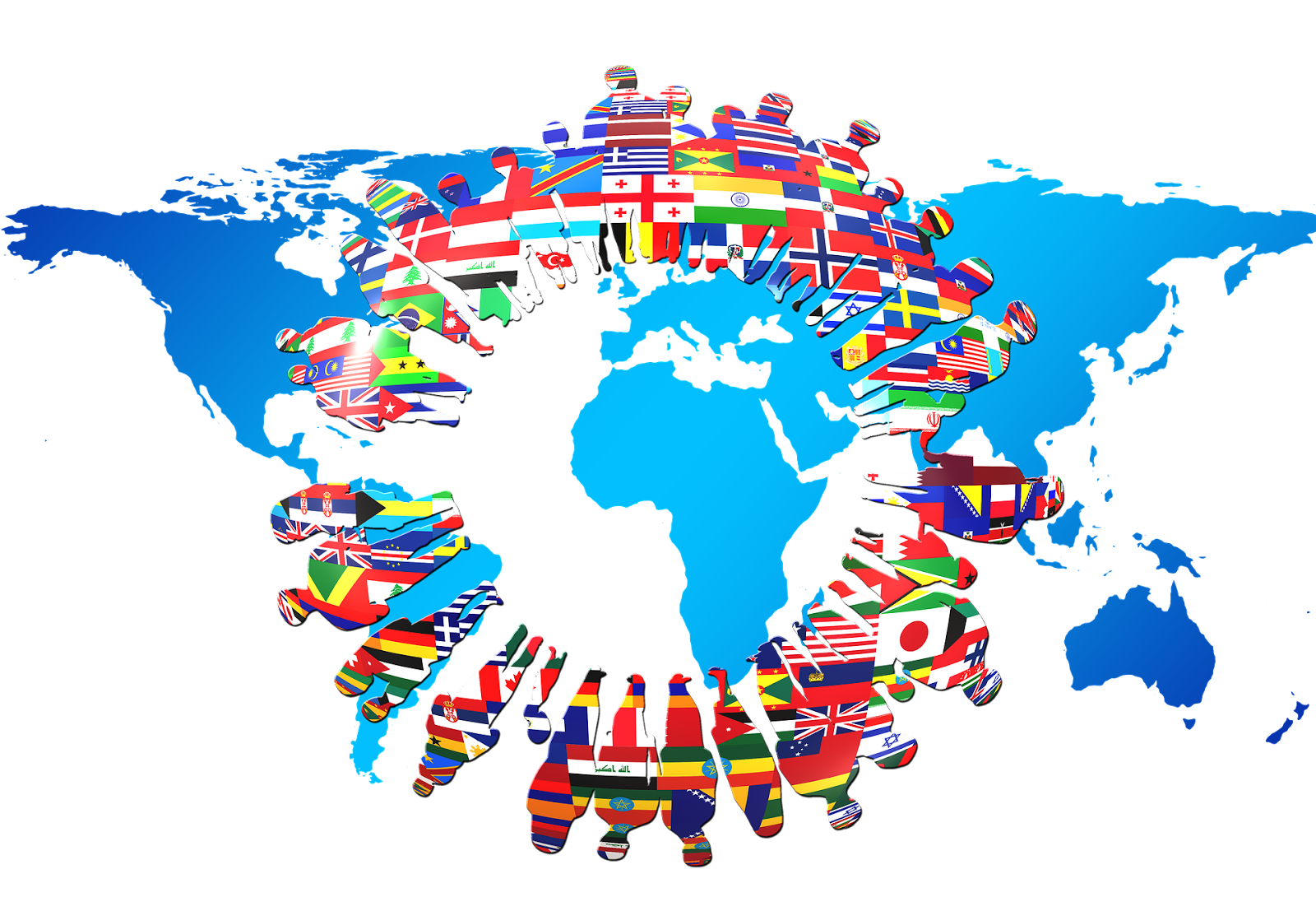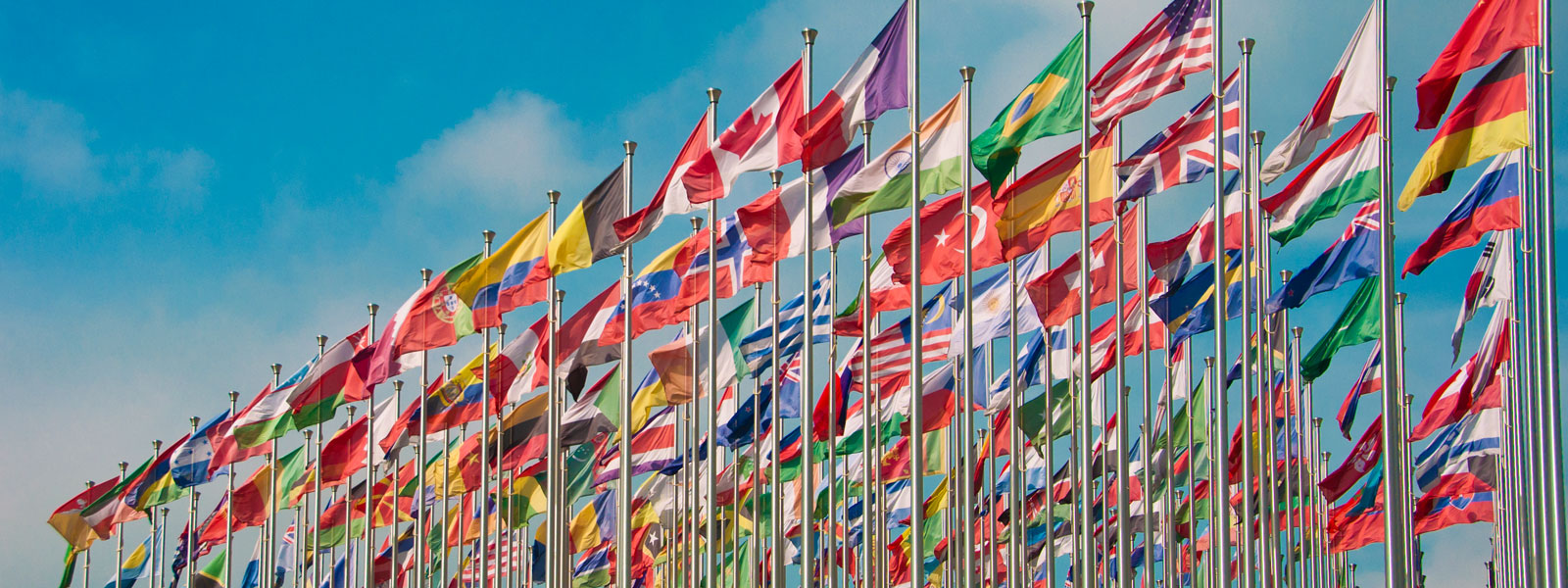Wednesday, 24 September 2025
1/3 TRIFFIN’S DILEMMA
Wednesday, 4 June 2025
RAY DALIO'S NEW BOOK, HOW COUNTRIES GO BROKE
1. The Big Debt Cycle Explained
- Early Stage:
- Mid Stage:
- Late Stage:
- Crisis Stage:
2. Indicators of Economic Vulnerability
- High Debt-to-Income Ratios:
- Rising Interest Payments:
- Dependence on Foreign Investors:
- Currency Depreciation:
3. The Role of Central Banks
4. Historical Context and Case Studies
5. Recommendations for Policymakers
- Fiscal Discipline:
- Productive Investment:
- Transparent Communication:
- Diversification:
1. HOW COUNTRIES GO BROKE — RAY DALIO’S BIG CYCLE EXPLAINED
Sunday, 11 May 2025
AMERICA'S TWIN DEFICITS AND TRUMP'S MAGA VISION
An Updated Look at America's Twin Deficits
An earlier analysis has been updated, this post can now look more specifically at how the United States might address its growing twin deficits - the fiscal deficit and the trade deficit - to "make america great again" and achieve Trump's vision.
1. Understanding the Problem is Difficult
- For non-economists, it's hard to understand the root causes of the twin deficits.
- It's even harder to grasp what the government might be trying to do about them.
- And harder still to identify the real-world obstacles to implementing any corrective strategy.
- Nevertheless, let's make the effort, choices remain, and the right ones could delay Western decline and forestall the day when Chinese military parades march through Western capitals.
2. The Problem: Trade and Currency Pressure
The scenario: America’s trade deficit stands at around 7% of GDP, debt-to-GDP is north of 120%. The cause of America's problems lies in these twin deficits and the dollar's reserve status.
Eventually, lenders will step back, debt monetisation will send interest rates to the moon, interest payments will gobble up all government revenues, the currency will collapse, hyperinflation will destroy the economy and everyone's savings will be lost.
For the moment, we are watching a slow collapse in the world's confidence in America, but a tipping point will be reached, then there'll be a sudden, unexpected and precipitous collapse in the economy, unemployment and inflation will take off.
Sounds dramatic? This is how all empires decline and burn out.
- Reducing the trade deficit to, say, 3% would help limit borrowing and stabilise interest rates.
- But it would also reduce global demand for dollars.
- The dollar, possibly overvalued by as much as 60%, would weaken.
- Capital inflows would slow.
- Asset prices would fall.
- That would not make the president or his programme popular among the donor class.
3. MAGA vs the Donor Class
- Trump is caught politically between two groups:
- The MAGA base who want re-industrialisation and jobs.
- The wealthy donors who want asset prices and dollar supremacy preserved.
- To reconcile the two, the US might:
- Pressure allies to buy Treasuries.
- Raise tariffs.
- Demand allies buy more US goods in exchange for protection.
- Force companies to relocate production to the "flyover states".
- But re-shoring means painful supply chain disruptions, as we saw during COVID.
4. Fiscal Choices and the Return of Austerity
- To balance the books, the US must choose between
- Mandatory spending (entitlements, welfare, salaries), and
- Discretionary spending (defence, infrastructure).
- Borrowing more when each dollar yields less than a dollar in return is a losing proposition.
- That brings the “A” word for austerity back to the centre of the debate.
5. Strategic Retrenchment
- If foreign trade shrinks and the dollar declines:
- Fewer global shipping routes need defending.
- Foreign military commitments can be cut.
- Domestic welfare and order becomes more important than global projection.
6. Ending Wars of Choice
- If you want to avoid chaos at home due to austerity, then keep social protections in place.
- That requires scaling back foreign adventures.
- The era of expensive, unnecessary “wars of choice” must end.
7. The Lobbies Will Not Like It
- The military-industrial complex, Wall Street, and globalist ideologues won’t accept any of this quietly.
- But if America is to survive socially and economically, it must:
- Retreat selectively,
- Rebuild industry,
- Practise fiscal realism.
- The signs of collapse are there today. It may take years but once it begins - reluctance to lend a severe spike in interest rates - the collapse in confidence followed by withdrawal of support by the bond markets, will happen quickly and catch most people by surprise.
[END]












